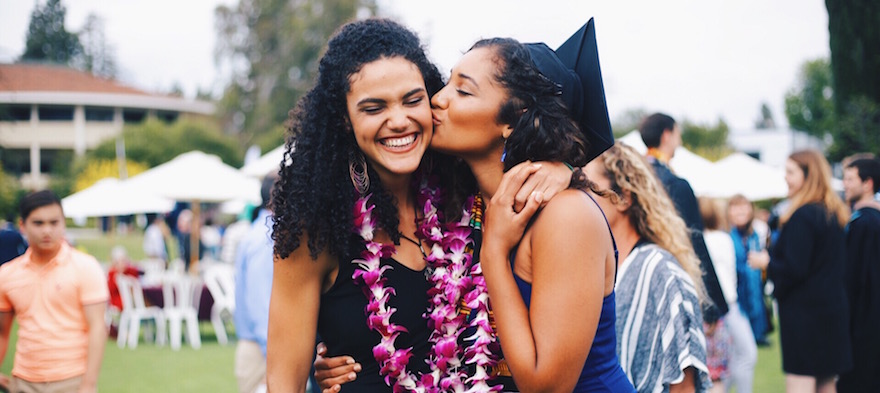
Karla Estrada is one of the Future Chiefs (she is part of their program that helps grow and develop future school system leaders). She was once homeless and has had lots of trauma in her life. In this one, she talks about how educators and others shouldn’t pity students who are like her, but should center their struggles as a strength and experiences as part of their identities.
The fight for educational equity has never been just about schools. The real North Star for this work is providing opportunities for each child to thrive into adulthood. This means that our advocacy...
Your donation will support the work we do at brightbeam to shine a light on the voices who challenge decision makers to provide the learning opportunities all children need to thrive.
Ed Post is the flagship website platform of brightbeam, a 501(c3) network of education activists and influencers demanding a better education and a brighter future for every child.
© 2020–2024 brightbeam. All rights reserved.